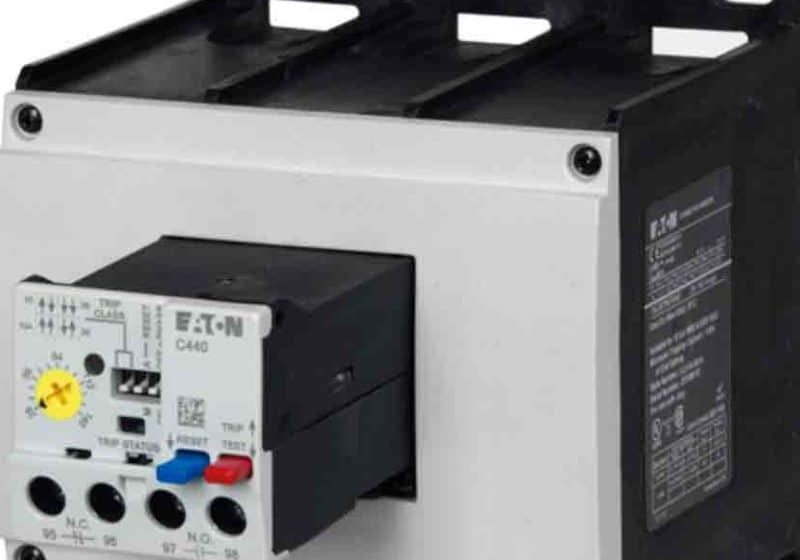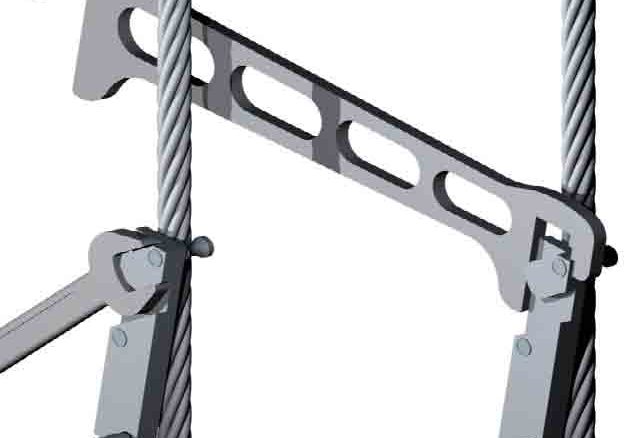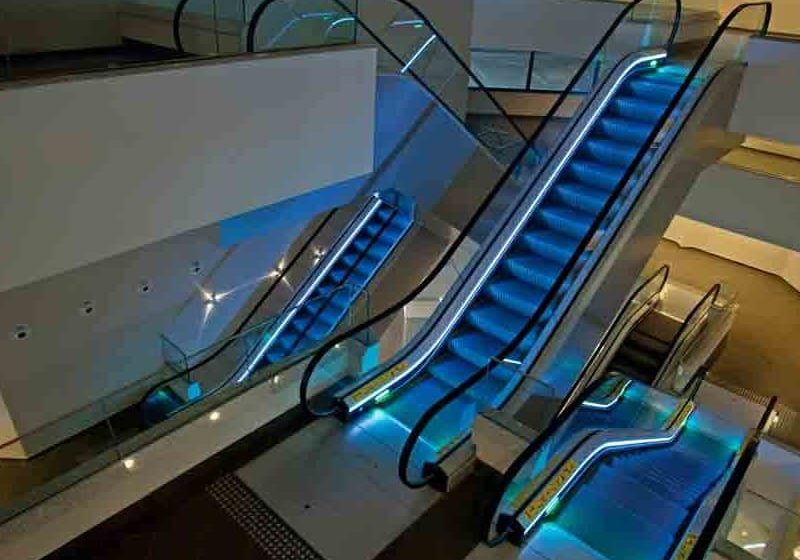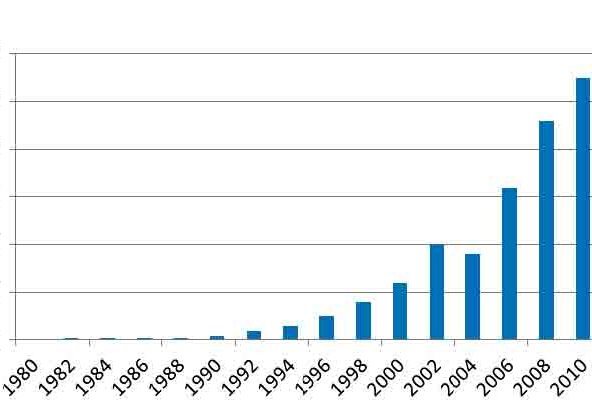When Elijah Otis demonstrated his safety elevator in 1853 by cutting its hoist rope, he is said to have exclaimed, “All Safe!” This set the stage and developed the mindset for the individuals involved in the elevator industry that continues today. Throughout these following 160 years or so, the safety of elevator passengers has been a hallmark of our industry and something for which we all strive. This has been accomplished by means of the development and implementation of industry-regulated safety codes and standards that have been promulgated throughout the world since the early 20th century.
ASME A17: Safety Code for Elevators and Escalators was first published in 1917 and has since been updated 19 times. During the post-World War II years, this code served as a model for other national elevator codes and standards throughout much of the world. And its recent harmonization with CSA B44: Elevators and Escalators Safety Code now stands as the North American elevator industry standard. Additionally, since the mid 1970s, the national and regional elevator codes followed throughout the rest of the world have been further developed and expanded to respond to local and national societal needs and requirements. Included in all of these codes and standards are specific requirements for the design, application, maintenance and inspection of all of the technical aspects of the equipment provided by our industry – perhaps the most important of which Otis severed to demonstrate the significance of his invention.
Until recently, traction elevators have been suspended by steel wire ropes, and, therefore, the terminology “hoist ropes” has sufficed as the generic nomenclature for this particular part of an elevator system. However, in recent years, as synthetic-fiber cables and coated steel belts have also been used to provide this function, it has
become necessary to better define the broad category of this part of an elevator system as its “suspension means.” Due to the importance of a traction elevator’s suspension system, we have included numerous articles on various suspension means in this month’s issue of ELEVATOR WORLD.
Brugg Wire Rope, LLC has provided a Continuing Education article on how to adjust and maintain hoist-rope tension, along with the concept of and factors that affect constructional rope stretch. The use of its Rope Load Equalizer device to ensure proper and equal rope tension is also covered in this article.
An article by Elevator Motors/Materials Corp. (EMCO) describes its innovative load-weighing system that operates by means of measuring hoist-rope tension. Although this system primarily provides the necessary control interface to ensure elevators are properly loaded and dispatched effectively, in doing so, it also monitors another very important aspect of a suspension system.
The EMCO system can be used to ensure that individual ropes in a suspension system are equally tensioned, which is essential to achieving proper rope and sheave life. An article by Gustav Wolf discusses its HyTrac™ hybrid hoist ropes, which weigh substantially less than conventional steel wire ropes, while providing a suspension system with an equal or greater breaking force. Orona has provided an article on the history and application of small-diameter ropes (SDR) for machine-room-less (MRL) elevator solutions. Its SDR certification process is covered in this article, as well.
Pfeifer Drako’s article describes research on SDRs, with an emphasis on how these ropes have been tested and certified for use on small-diameter traction elevator sheaves. Its T-socket rope terminations are also described in this article. Schwartz Technical Plastics describes the application and advantages of using nylon sheaves in its article, and how, in certain applications, these can be an effective alternative to conventional steel sheaves to ensure a longer life for specific suspension means.
The innovative means used to suspend today’s traction elevators, although based on the use of a simple rope system developed more than a century ago, have been continually improved. If Otis were alive today, I’m sure he would, as shown in the famous graphic of his demonstration in the Crystal Palace, provide another tip of his hat. Only this time, it would be to the engineers and technicians of our industry for their innovative approaches to the application of the suspension means he so dramatically severed to demonstrate his invention. An additional tip of the hat is certainly in order from us to those in our industry who continue to make improvements to elevator and escalator technology on a regular basis.
Get more of Elevator World. Sign up for our free e-newsletter.









